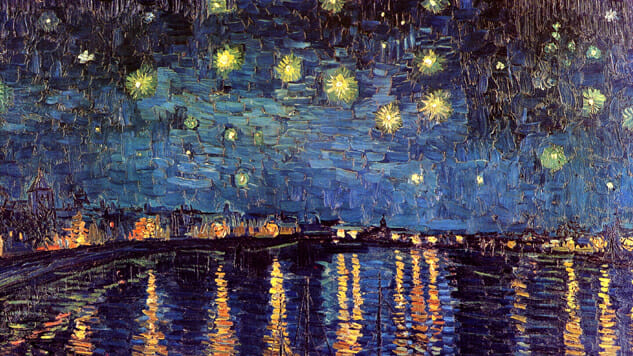F Is for Forgery: Van Gogh’s Lost Arles Sketchbook

Vincent Van Gogh is one of the most celebrated artists of the past two hundred years. It comes down to his uniquely known style. The way the paint builds on his canvasses to illuminates a body of water. Or the wicked curves of a cypress tree juxtaposed to the rigid lines of a church. And there’s something especially transfixing about the way Van Gogh rendered the human face, seeing some compelling thing no one else had captured before. So finding a notebook of 65 previously undiscovered sketches completed while the legendary artist was in an asylum could be a momentous occasion for the art world. Unless, of course, they are forgeries.

Two scholars recently brought to light such a discovery. Bogomila Welsh-Ovarchov and Ronald Pickvance verified the sketches as authentic before collecting them into a new book, Vincent Van Gogh: The Lost Arles Sketchbook. The book suggests that the 65 drawings found in an account ledger date from spring 1888 to 1890, during Van Gogh’s documented time in Arles and Saint-Rémy-de-Provence. Welsh-Ovarchov and Pickvance are celebrated Van Gogh scholars who have long worked in concert with some of the most respected museums on major exhibitions, so it came as a surprise when the Van Gogh Museum in Amsterdam issued a formal statement insisting the Arles sketches are, in fact, fake.
-

-

-

-

-

-

-

-

-

-

-

-

-

-

-

-

-

-

-

-

-

-

-

-

-

-

-

-

-

-

-

-

-

-

-

-

-

-

-

-








































